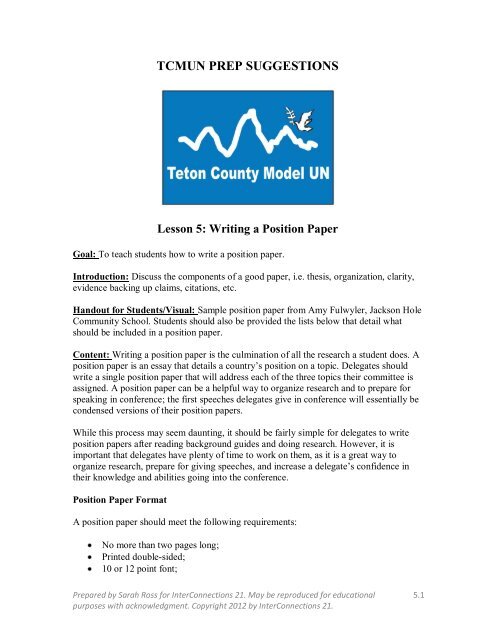Whenever you write a letter, it’s best to start by lining the paper. You can do this by using a T-square, ruler, or straight edge. Once you have lined the paper, you can begin writing. If you want to make sure the lines will match, you can use a pencil, which can be easily rubbed off. It’s best to start with a clean sheet of lined paper, preferably white.
Writing a letter is a chance to slow down
Letter writing is making a comeback, and for good reason: it helps improve your handwriting. When you write a letter, you won’t rush through it, which is a surefire way to produce mistakes and sloppy work. Moreover, a letter written at a slower pace will be more readable and meaningful, and the recipient will also appreciate the fact that you took the time to write a note. You won’t feel the need to race through the letter, either. Neither do you have to be competitive about handwriting.
It allows you to be creative
Using a light box can help you see the lines underneath the lined paper, but thicker paper may not require it. When writing on lined paper, you may choose to write in cursive, which lends a vintage feel to your letter. For personal experience, write about your own experiences or ask the recipient a question about their life. Then, add a vintage flair to your letter by asking them about their life or the experiences of their loved ones.
It is a great way to practice handwriting
Learning how to write a letter on lined paper is an excellent way to practice your handwriting and improve your overall style. Often, the problem lies in the letter formation, as u and y may appear the same, but that is not the case with this exercise. Practice writing the letters on lined paper by following the traditional handwriting style, which slopes the paper slightly forward.
Another excellent technique is to slow down. You may think that slowing down isn’t necessary, but this strategy helps you improve your handwriting and makes it easier to read. This helps prevent you from rushing through your letters, which can result in errors or sloppy handwriting. Also, it prevents tightening up the hand muscles. It’s also beneficial to write on paper that is smaller than normal.
It is a way to express gratitude
Thank you notes can be written in a variety of styles, but one of the most important ways to express gratitude is to include evocative details. You might want to write about a particular event or a favor you’ve received, or you might describe how the advice you received changed your life. In addition, you can include a brief description of how you feel today. Whether you write a note on lined paper or use a letter-writing service, your recipient will be touched by your effort.
Writing a letter of gratitude is an opportunity to connect with the person you’re thanking. Delivering it personally helps you build a stronger connection with the recipient, so you may want to write it in person. But if you’re far from the person you’re thanking, you can also opt to read it on the phone or video chat. If you’re too busy to physically deliver the letter, you can also mail it or send it by email.
It is a way to express sympathy
There are many tips when writing a sympathy letter. Although you may feel tempted to use a flowery, sentimental tone, keep in mind that your letter should express your heartfelt sympathy. Avoid using religious references, offering advice, or making generalized statements about the deceased. Instead, focus on expressing your condolences and referring to the deceased by name. This way, your letter will be more meaningful.
A letter of sympathy is a very thoughtful gesture that shows your support for the grieving family and friends. While you don’t need to write a long letter, you don’t want to make the recipient feel uncomfortable. Try to avoid mentioning the deceased’s mother or other family members. The letter should also be as respectful as possible, and do not be too upbeat. Remember to write the recipient’s name in it and include the occasion.




